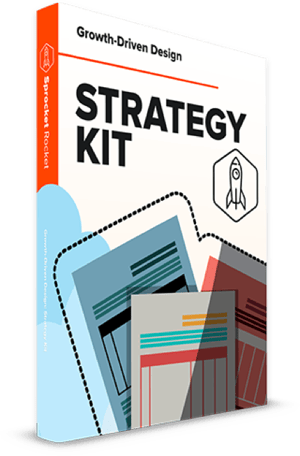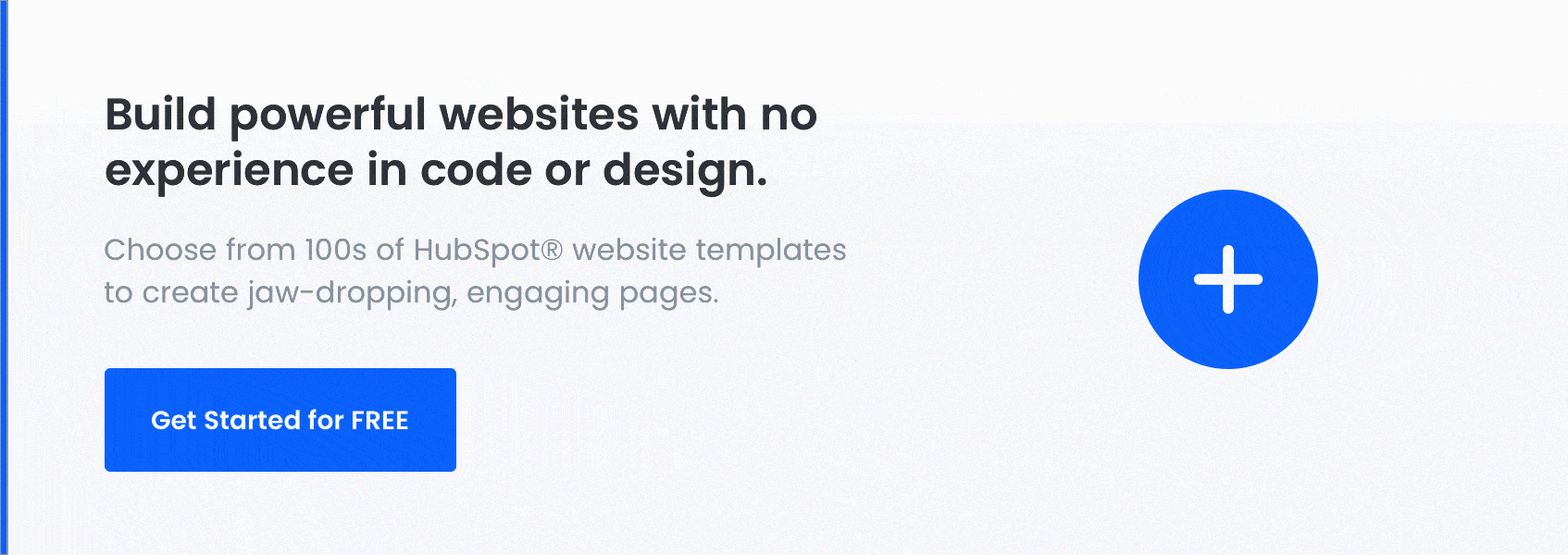Create a Free Account
Strategy Kit

Chapters
There are 7 discovery/research steps to planning a new website.
- Business Modal Canvas
- Jobs To Be Done Framework
- Customer Personas
- Value Proposition Map
- Before & After States
- Buyer Journey
- Website Architecture (Build Plan & Budget)
Business Modal

Business Model Canvas
The purpose of the business model canvas (adapted from the Lean Canvas by Ash Maurya) is to document the business model from a customer-centric perspective.
By focusing on the customer's problem rather than your solution, you gain insights that allow you to start marketing where the customer is. The goal is not to lead with your solution, but to lead them to your solution.
The following document is discussed and completed as part of our live strategy workshop

Jobs to be Done
The purpose of the Jobs to be Done (JTBD) framework is
to understand exactly what your customer would hire your product or service to do for them.
People hire products and solutions to fulfill 3 job types:
- Physical Jobs (the task at hand)
- Emotional Jobs (the desired feeling)
- Social Jobs (how they’ll be viewed by others)
Great marketers understand that most purchases are emotional, and impacted greatly (if not driven) by the emotional and social impacts of the decision.
The following template is a homework exercise to document the jobs to be done for each core solution you offer.
Buyer Personas

Buyer personas are a way to gain and maintain an empathetic view of the customer's world. It documents key elements about them, like their struggles, goals, as well as likely questions or blockers when considering your solution.
We favor our one-page buyer persona template. It's easy to scan and reference when creating content for a persona. Personas that get referenced are much better than personas that sit in a file or drawer. That's why we believe a high-impact single-page persona is the best way to go.
Our second meeting will consist of completing your first buyer persona. Following the meeting, you will repeat the process for each primary customer type you engage with.
Value Proposition Map

The Value Proposition Canvas blew our minds when we read Value Proposition Design, by Alex Osterwalder.
There is a great template here, and we have adapted Alex’s Value Proposition Canvas into the Value Proposition Map you can see in the following image.
To overcome objections in a customer-centric way, your website message must not be about you. It must be about your customer.
Your message should begin with the customer's needs, wants, feelings, and fears. Only then, can you effectively position your features, benefits and user experiences in the best light.
Remember to always complete the market side (right side) first. The needs of the market will determine the product offered and the messaging of how you address their needs.

Before/After State
Your website message must help customers understand how their life will change after buying your product. They won't just have a new invoice to pay, they'll see a major impact in
their lives.
Use the before/after state to document the changes in:
- What they have
- What they feel
- Their average day
- Their status within their organization
This exercise is given as homework at the end of the third meeting.
Buyer Journey

Questions & Review
The fourth meeting in the strategy workshop is an open opportunity to ask questions and to give feedback and review the strategy documents to this point.
You can schedule one-on-one sessions of 15 or 30-minutes during the weeks of the strategy workshop to address questions. You can also attend the office hours sessions as well.
We also encourage clients to complete the optional competitive analysis document found in the worksheet download below.

Buyer Journey
Now that we’ve documented the business from the customer’s perspective, it’s time to synthesize all of your thoughts and ideas into the buyer journey of your new website.
First, we explore the bait/hook/reel metaphor, then use that to construct the buyer journey. After that, we will brainstorm lead magnets and persuasive marketing messages to help you nurture leads through the buyer journey.

Finally, we'll document the website pages and landing pages that should be built to support the buyer journey.
This meeting is kind of technical and can get complicated quickly, but feedback and support is available if you get stuck. You schedule one-on-one sessions of 15 or
30-minutes during the weeks of the strategy workshop to address any questions. You can attend the office hours sessions while we work on the buyer journey as well.
Website Architecture

Sitemap
With the Buyer Journey in place, our sixth meeting constructs the information architecture of your new website, starting with the sitemap.
Rather than overwhelming your team with ideas, you should focus on the most important, 3-5 pages. This ensures you are building pages that will make the most impact first so you can launch your website quickly, and learn how it works. You can push second and third-tier ideas and pages into
future launch phases.
We're happy to review and discuss sitemaps, the foundational structure of your website, navigation, and ultimately, the Buyer Journey.
We use www.SlickPlan.com for our sitemaps.

Build Plan & Budget
The final step in strategy is to arrive at a build plan, budget and timeframe that is agreeable to all stakeholders and supports the goals of the project.
How you estimate your projects is largely dependent upon your process. We provide our clients with a budget worksheet and the ability to allocate content & design budget where it will have the most impact.
Once the Build Plan is in place, you're ready to start prototyping your new website.
We have a smooth process for quickly creating design-ready pages in HubSpot, which is covered in our Prototype Kit.
Budgets for Bootstrapping Brands
We took all of the efficiencies we’ve gained in developing HubSpot COS websites for over four years and created a new design system called Sprocket Rocket.
This design system enables brands and agencies to build an 8/10 website with a 3/10 budget, without cutting out critical components like strategy, content creation, and custom design.
©2025 Brandvious, Inc. All rights reserved. Privacy Policy | Terms of Service

